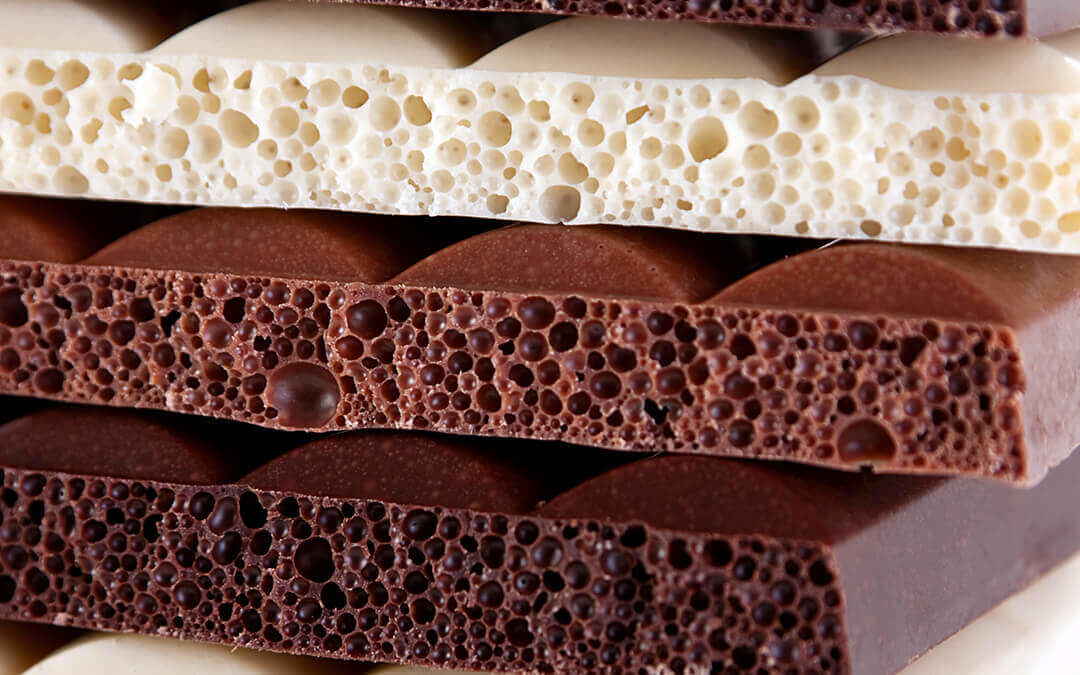Whether in manufacturing, preserving, or preparing food and beverages, food-grade gases are being used more and more in the restaurant industry. Because these foods and drinks are intended for eating and nutrition, the regulations for food gases are strict, precise, and highly scrutinized.
It may seem like a lot of work, but the benefits of correctly using food gases are undeniable. Food-grade gases allow for longer shelf-lives, fresher products, higher production volumes, lower production costs, superior quality and food safety, and more!
So what are food-grade gases, how are they used, and what do you need to know about them? And, why are they rising in popularity lately?
What Are Food-grade gases Used For?

Food-grade CO2 (carbon dioxide), nitrogen, and oxygen are the most commonly used gases in the food and restaurant industries. Their uses range from treating the fertilizer where ingredients are grown to preserving and disinfecting to carbonating and preparing the foods directly.
Let’s take a quick look at some of the things these gases can do:
Nitrogen
- Aeration, popular in chocolate production to create a “bubbly” interior
- Pressurization
- Modified Atmosphere Packaging, which involves replacing the oxygen in food storage tanks with nitrogen to reduce the chance of food oxidizing and increasing shelf-life. Also preserves nutritional value, texture, flavor, aroma, and taste of the food
- Preventing oxidation (exposure to oxygen) of wine and beverages
- Molecular gastronomy, which creates unique textures in ice cream and cocktails
Oxygen
- Oxygenation of fish farms, pushing more oxygen into the water to make sure fish feed and remain healthy
- Biofermentation
- Food packaging
- Disinfestation and sterilization using Ozone (O3)
- Biological treatment of wastewater
- Shields beef products to prevent growth of anaerobic microorganisms
Carbon Dioxide
- Atmospheric preservative
- Treatments for disinfestation and fumigation of grain
- Carbonating water and soft drinks
- Maintaining cold chain in refrigerated transport
- Dazing sheep and pigs
- Extraction of oils, aromas, and volatile food essences
- Fertilizer and carbonic manure in greenhouses
- pH control
- Deep cleaning for conveyor belts and molds
- Maintenance and cleaning of water wells
- Prevents premature fermentation in grapes by keeping them for overheating before harvest
Hydrogen
- Turns unsaturated fats into saturated fats and oils to create hydrogenated oils used in things like butter and margarine
- Fundamental material in producing ammonia, crucial for fertilizers and used as an environmentally friendly refrigerant
Nitrous Oxide
- A pressure-dispensing agent
Why Do We Need to Use food-grade gases?
Industrial-grade gases are used for general use in factories, construction sites, supermarkets, and even entertainment studios for special effects. Without needing to consider the consequences on nutrition and health with these gases, producers add in 1% of other contaminants like oxygen, hydrocarbons, benzene, acetaldehyde, and more.
These other materials aren’t added to dilute the gases or trick anybody; these contaminants are added to optimize the gas tank for whatever application it’s intended for.
Why Are We Seeing More Food-grade gases?
Food-grade gases are on the rise, growing from a $6.4-billion industry to a predicted $8.1 billion by 2026. Why is that?
Like everything else, the food industry is growing to become faster, more efficient, cheaper, and easier. The pressure to make things instantly, securely, and with the highest possible quality is driving restaurateurs, farmers, and supermarkets to invest in these types of gases for their preservation and altering effects. Food can be better preserved and protected on long trips overseas. Larger volumes of food exports are also a goal food-grade gases can help to achieve.
New technologies are also being developed for food preservation, manufacturing, and nutrition enhancement. With new technologies using food-grade gases, we might be able to reduce the amount of food waste around the world.
For more than eighty years, CalOx has been delivering high-quality, medical-grade and food-grade gases to the communities of Southern California. With oxygen, nitrogen, and carbon dioxide available, we can support your business. Contact us today for your free quote!
